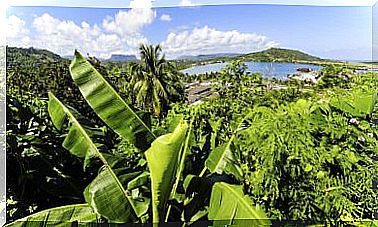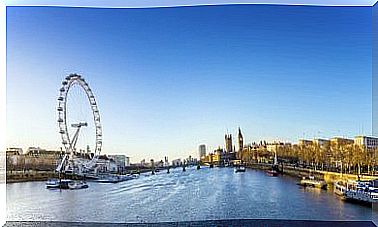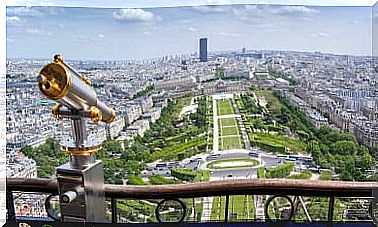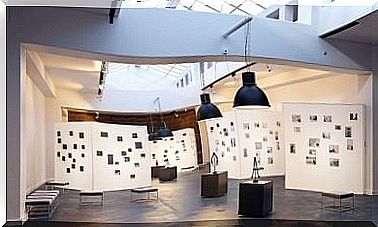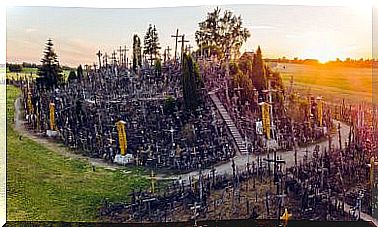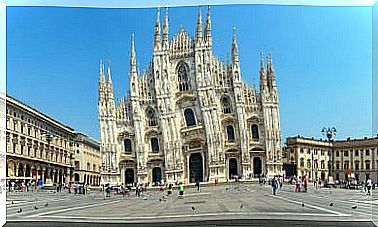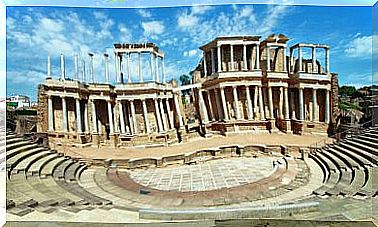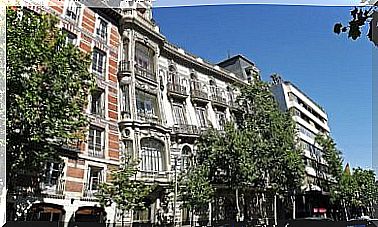Camping: Everything You Need To Know

Camping is one of the most fun, enjoyable and popular activities in the world. In its most basic form, it consists of setting up a tent or tent in a natural environment and inhabiting it for one or more nights. Camping is a way of breaking with the routine and thus distancing ourselves from what is comfortable and safe for us.
It also has special relevance for the satisfaction of coming into direct contact with nature, breathing another air or having new experiences. Something very profound invites us to do this activity, but it is also a challenge. Therefore, it is necessary to plan, learn to orient oneself, share and enjoy what surrounds us.
Camping transforms us for the better

The perspective you have when camping, especially if you do it in places far from urban areas, is totally different from everyday. It is possible to listen to silence , wind, water, fire, nature and even yourself.
In fact, we find ourselves more awake, but also more relaxed because these contexts transform us without realizing it. Warming up and talking around a fire is a unique experience. Exploring the surrounding environments generates that feeling of being the first to do it.
Eating hungry what we cook and it was not so good tastes really delicious, it is like rediscovering the essentials of life. Likewise, the darkness of the night contrasts with the thousands and thousands of stars. The more you look, the more stars appear because the eye gets used to the absence of light and begins to see better, to see beyond.
In short, camping is an opportunity to test our idea of survival, independence, our skills and our ingenuity. If you are among the people who are attracted to challenges and getting in touch with nature, the following is for you.
The main types of camping
1. Tourism camps
Also known as campsites , they are permanent areas destined for camping in tents, an inexpensive alternative in accommodation areas. Generally, a daily rent is charged for the space occupied. They have drinking water service, showers and bathrooms. They can also include swimming pool and food, among other services.

2. Youth camps
These types of camps are specially designed for young people and are organized by different types of entities. They are known as summer camps and seek to strengthen or develop values and capabilities through activities in fields such as social, sports, educational or recreational, among others.
3. Hiking camps
Also known as camping, camping in this modality is characterized by making tours to different points. The camps can be fixed if journeys are made to return to the camp, which functions as an operations center. Or they can be mobile when a different camp has to be set up as the tour progresses.
4. Bivouac
It is a type of extreme camping, practiced especially by experts in mountaineering or climbing. In many cases they are improvised camps made from elements of nature, therefore, they do not use tents or sleeping bags. In other cases, small tents and sacks are used that are only used to feed or sleep for short periods of time.
Basic camping equipment
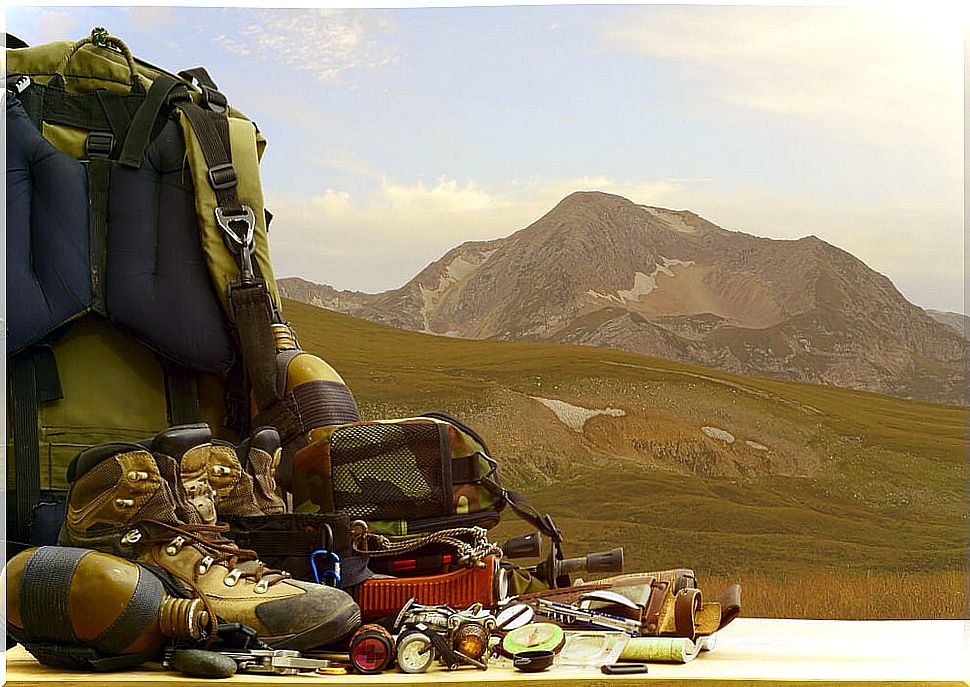
There are all kinds of camping equipment and accessories, which vary depending on what you plan. However, the basic camping equipment includes, in principle, the tent. It should be light and have enough space for the campers. It must have a waterproof floor and ceiling, a structure in flexible resin or aluminum and good anchors.
A good sleeping bag is also key. You have to take into account the climate of the place you plan to visit so that it is consistent with the temperature range of the bag. The best ones are generally made from synthetic fiber or natural feather and can have one or more layers of insulation and warm materials.
Additionally, it is advisable to carry a good flashlight with batteries. The most popular ones are waterproof and use LED technology, making them powerful and inexpensive. And they should not miss a knife with various services, a portable kitchen, first aid kit, appropriate shoes and clothing and a bag to collect all the garbage that is generated.
Where to camp

There is a tendency to believe that any place is good for camping, but this is not entirely true. In many areas, camping is prohibited unless you have a permit that authorizes it, otherwise it can lead to conflicts or fines. For this reason, it is crucial to plan first and educate yourself.
The choice of the place to mount the tent should not be flat or very steep. In the first case because it can flood in case of rain; in the second, because everything will tend to roll, including rocks and logs, and there will be little stability.
The front face of the tent must be oriented towards where the wind blows less and not located near places that may represent a potential danger such as rivers, palm trees, dry trees or unstable rocks. This is because rivers can flood and dry vegetation can collapse at any time or serve as flammable material.

